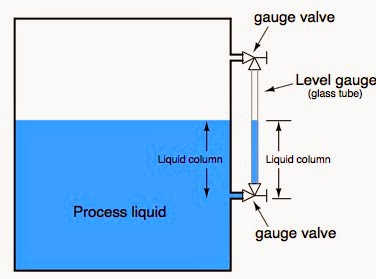 |
| Solenoid Valves (courtesy of GC Valve) |
Solenoid valves are your fastest-acting option when controlling flow. They can be repaired in-line (without breaking plumbing connections in most designs), and they can be less costly than other electrically operated valves.
But there are a few measures that can increase your satisfaction with solenoid valves:
Install strainers or filters to prevent foreign materials from entering the valve and interfering with operation.
But there are a few measures that can increase your satisfaction with solenoid valves:
Install strainers or filters to prevent foreign materials from entering the valve and interfering with operation.
- Avoid Teflon tape; those stringy leftover pieces can travel downstream and hang up in the valve.
- Use pipe dope sparingly; globs of it in the line can affect solenoid valves and other control elements.
- Add check valves to your design if it is important to prevent back flow through the solenoid valve.
- Consider plumbing solenoid valves in series (double-block) where any leakage is unacceptable.
- Ask for a plated operator to protect special grades of stainless steel from corrosion.
For more information, or assistance with selecting solenoid valves, contact:
M.S. Jacobs
810 Noblestown Road
Pittsburgh, Pa 15205
Toll free (800) 348-0089
www.msjacobs.com
Email: msjacobs@msjacobs.com




